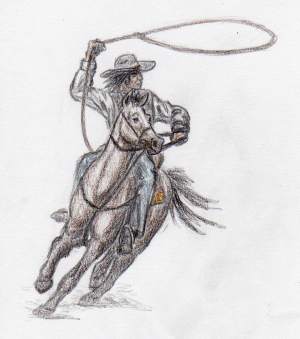 The equines include the horses, zebras, and asses. They are large plains dwelling herbivores. Equines are graceful, powerful, and admirably adapted for running.
The equines include the horses, zebras, and asses. They are large plains dwelling herbivores. Equines are graceful, powerful, and admirably adapted for running.
 The equines include the horses, zebras, and asses. They are large plains dwelling herbivores. Equines are graceful, powerful, and admirably adapted for running.
The equines include the horses, zebras, and asses. They are large plains dwelling herbivores. Equines are graceful, powerful, and admirably adapted for running.
Horses and zebras usually live in groups of one stallion, several mares, and their young. The mares stay with the group throughout their lives, stallions are replaced when they can no longer fight off rival stallions. The group is led by a single experienced mare. The horses usually travel in single file, following the lead mare with the stallion bringing up the rear. Stallions that are not associated with a group of mares group together in bachelor herds of a few animals, with a similar social structure. The asses and Grevy's zebra live in herds without strong social bonds, and the stallions are territorial.
Equines are prey for many of the larger predatory animals. Since they rely on flight for defense rather than strength, they are skittish and prone to startle or panic. Unfamilar objects or events are likely to cause a horse to spook. They will more readily accept the odd or unusual if the lead horse shows no fear. Any sign of their leader balking, however, is likely to send the herd running for safety.
Equines are grazers. They eat primarily grass. Since grass has a low nutruient value, equines spend most of their day eating. They prefer to stand in the open; with their heads down for grazing, they can see nearly 360 degrees around them and remain alert for danger.
Equines may not fight predators except as a last resort, but they frequently squabble among themselves. Fights for dominance involve kicking out with both hind feet, rearing up to strike with the front hooves, and biting.
Both horses and asses have been domesticated. They are used as mounts, traction, and pack animals. The domestication of the horse was largely accomplished by the human taking over the role of the lead mare. Many breeds of horses and asses have been selected for over the years, and they now come in a great variety of sizes, statures, and relative fleetness.
| choose a species: | |||||||||||||||||||||
The Captive checkbox is for animals that have been kept in captivity all their lives, without the ability to hone their skills like their wild relatives. It would be appropriate for a horse kept in a stable, fed hay or grain, and allowed to graze in a protected pasture. Marking the T? checkbox will give you the stats in template form with all costs listed, otherwise you get a stat sheet as for a character. Marking the HR? checkbox will print the information using all my house rules. Otherwise, the stats will be as compatable with plain vanilla GURPS as possible (although several custom advantages and disadvantages will be present, see my Traits page). | |||||||||||||||||||||